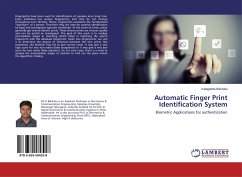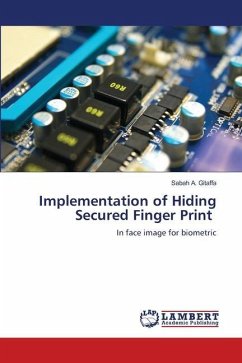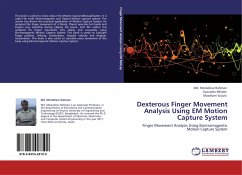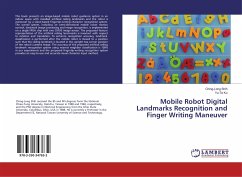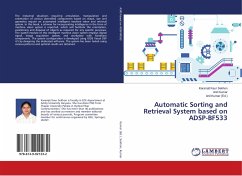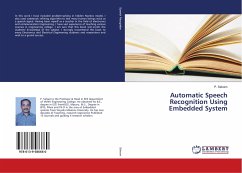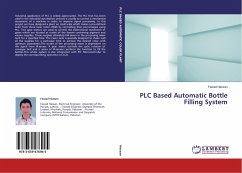Fingerprints have been used for identification of peoples since long time. Every individual has unique fingerprints, and they do not change throughout one's lifetime. Hence, fingerprints constitute the fundamental "signature" of a person. Therefore they are used for positive identification by legal and investigative agencies worldwide. At the scene of crime, police generally get chance (latent) prints. These chance prints are of poor quality and can be partial or overlapped. The goal of this work is to analyze intermediate stages in matching which helps in matching the search fingerprint with the database fingerprint. Given two fingerprints, our aim is to determine the degree of closeness between the two prints. But sometimes, the Matcher may fail to give correct result. It may give a very high score for two non mates (false acceptance) or it may give a very low score for two mates (false rejection). So, for such cases, there is a need to analyze the intermediate stages of matcher to find out the place where the algorithm is failing.
Bitte wählen Sie Ihr Anliegen aus.
Rechnungen
Retourenschein anfordern
Bestellstatus
Storno

